Category: Small & Exotic Animals
-

The Important Role of Grit in a Bird’s Diet
Many aviculturists give their birds shell grit or cuttlefish bone thinking it is a suitable grit. Cuttlefish bone certainly is great and beneficial for the birds, but it performs a totally different function to that of grit. Shell grit and cuttlefish bone are fine for the supply of calcium that a bird needs, but useless […]
-

8 Inexpensive Aquarium Tips and Tricks
Not to long after you get your first aquarium you start thinking about how to make it an even better habitat for the fish and other inhabitants. Listed below are eight inexpensive ways to make your aquarium even better. Dividing a Tank If you ever need to separate a fish from the others but don’t […]
-
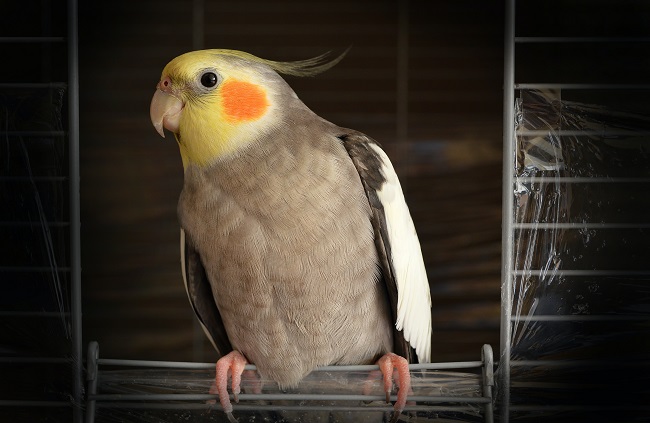
How to Avoid Malnutrition in Pet Birds
Most disease and illness in pet birds is directly or indirectly the result of malnutrition and stress. This is not to say that birds are underfed by any means, only that they are not fed the right food in the right amounts-which varies from species to species. Most birds are on an all-seed diet out […]
-
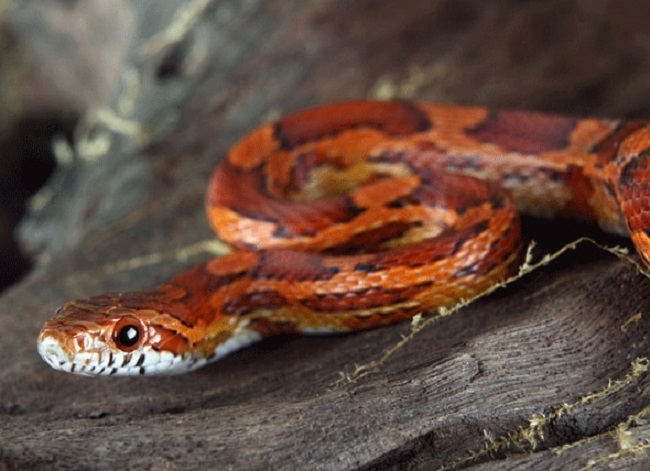
How to Choose Your First Reptile or Amphibian
There is no greater thrill then finally deciding to take the plunge and purchase your first reptile or amphibian. Hopefully you will not take this task lightly since the species of reptile or amphibian you choose and the specific animal you pick out from the pet store can greatly affect your first experience. Beware that […]
-
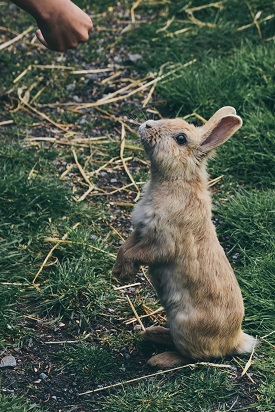
No Dog or Cat Food for Rabbits
It is very dangerous for a rabbit to snack on dog or cat food. These foods are designed for carnivores not for herbivores. They are high in protein and fat as well as carbohydrates in the form of grains, usually corn. Although rabbits can eat small amounts of dog or cat food and appear to […]
-

Good Cage Accessories for Rats and Other Rodents
When you are looking for cage accessories and toys for pet rats and other rodents, it can be helpful to look in other departments of the pet store. I’ve bought a few things from the bird section of the pet store, including a wooden ladder and a hanging wooden toy with bells. I also got […]
-
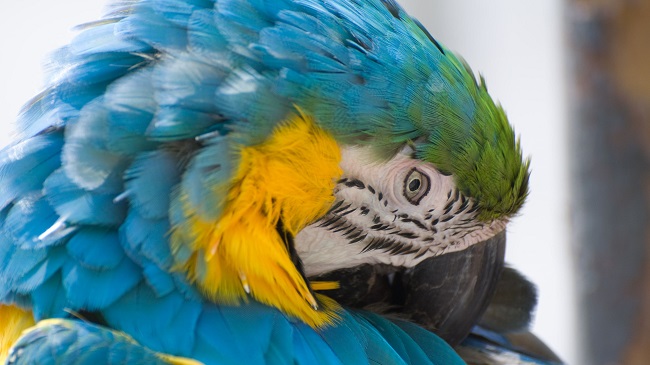
What to Do If Your Bird is Plucking Feathers
Birds pluck their feathers for several reasons. In the wild, they use plucked feathers to line their nests during breeding season. Many bird feathers also come out as a bird performs its normal preening and grooming routine. In captivity, however, a plucking bird can be a sign of veterinary or environmental problems. If you suspect […]
-
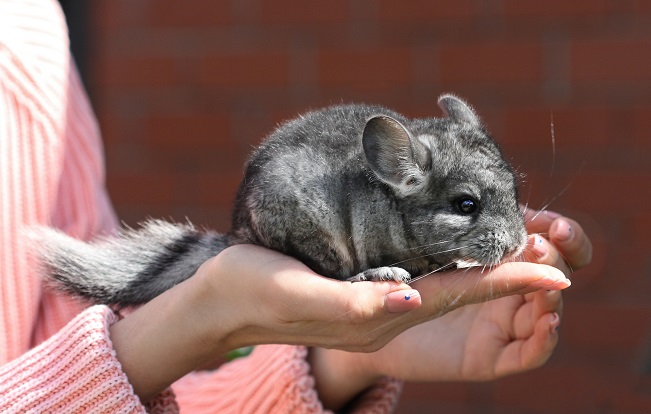
How to Properly Handle a Chinchilla
With a little patience (and bribery) you can get your chinchilla comfortable with handling. The first step is to simply give a new chinchilla time to adjust by keeping maintenance and interaction to a minimum. Move slowly and speak softly around your chinchilla. Limit interaction to the evening as that is when chinchillas are naturally […]
-
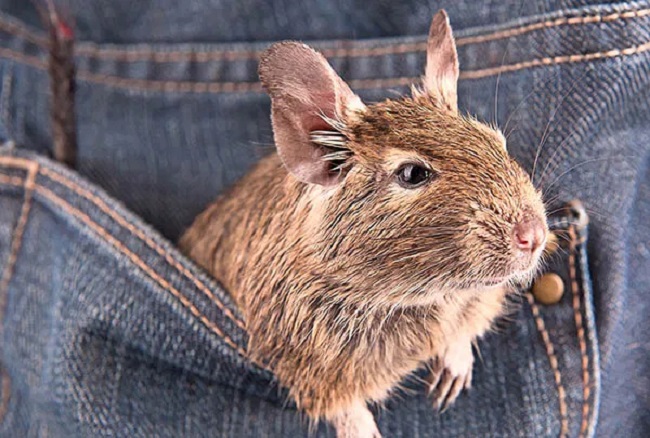
How to Treat Illness in a Pocket Pet
The most important signs of sickness in pocket pets are loss of appetite, difficulty breathing, diarrhea, and self-isolation, that is, separating themselves from the rest of your pet colony. If your gerbil, hamster, rat, or other pocket pet exhibits those symptoms, contact your local small mammal veterinarian and always consult with your veterinarian before you […]
-
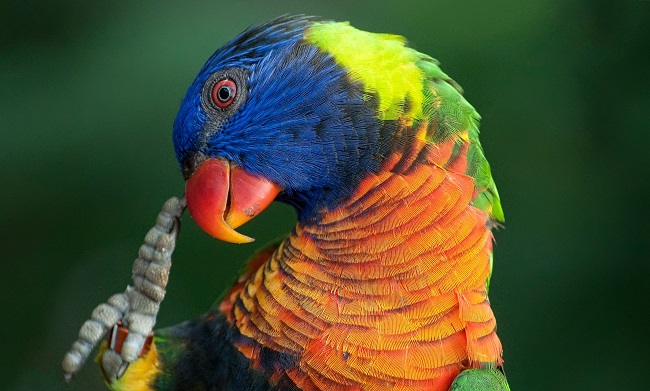
How to Deal with Lice in Pet Birds
There are many species of avian lice, some of which are named after the bird they parasitize or the area of the body they prefer. Lice are wingless insects and are the most common external parasites of birds. They are so small they are often invisible to the naked eye. Lice are placed into two […]